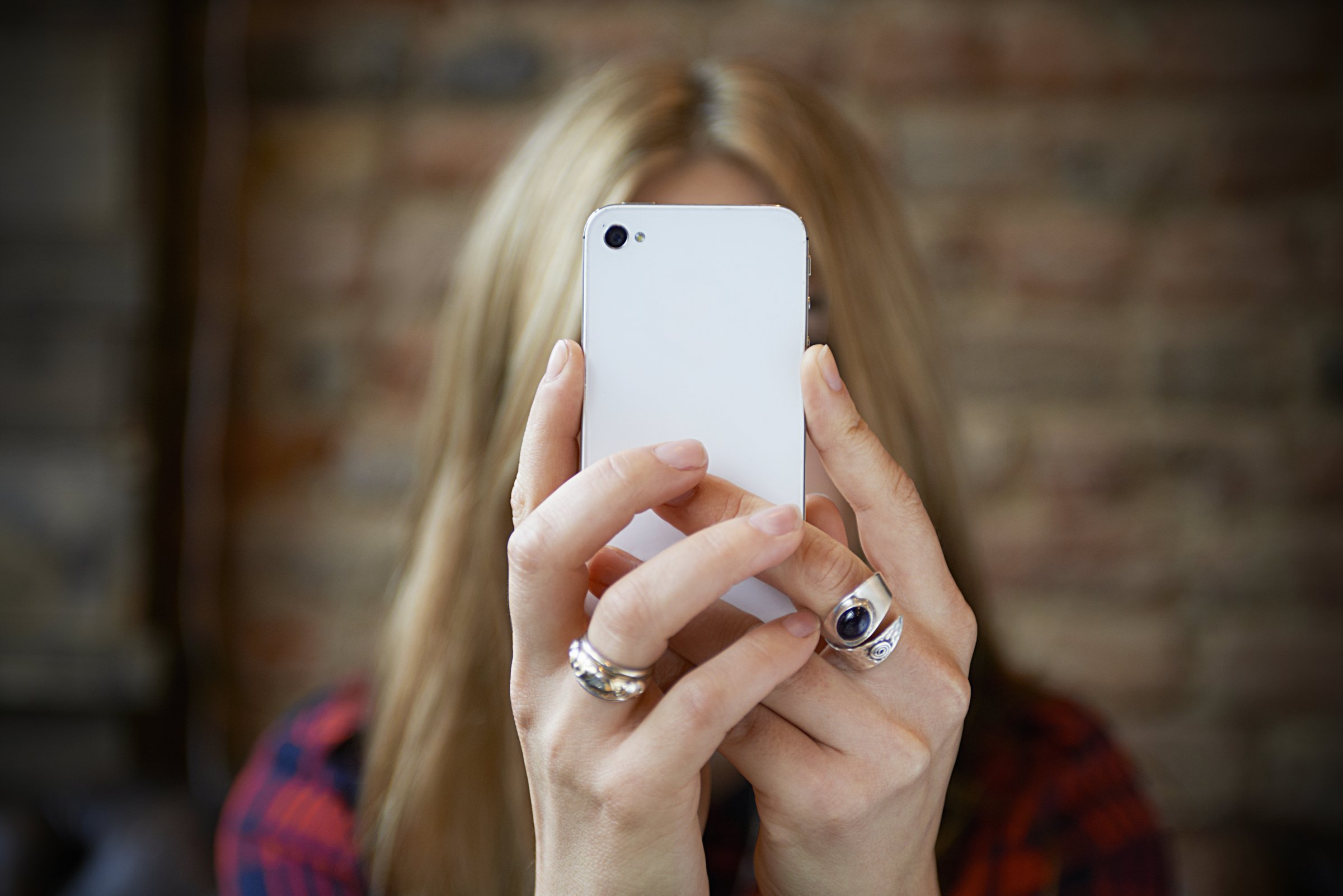
The future of dermatology may be as simple as sending your doctor a selfie of your curious-looking mole.
A new study published in the journal JAMA Dermatology takes a look at the field of teledermatology, which involves sending dermatologists photos of suspicious spots and getting a remote diagnosis. According to the findings, this actually works pretty well.
Researchers at the University of Pennsylvania looked at 50 individual who were in the hospital and had a skin problem that needed a doctor’s assessment. All of the participants had an in-person consultation with a doctor, and the researchers also sent photos of their skin conditions to two independent dermatologists to diagnose for comparison.
They discovered that when in-person doctors recommended a biopsy, the remote doctors who were going off of photos agreed 95% of the time. When an in-person doctor recommended same-day additional tests, the external dermatologists agreed 90% of the time.
The ability to use your smartphone to get skin disorder diagnoses could make dermatology more efficient, and more accessible for people in rural communities who struggle to reach medical experts. Still, researchers need to confirm that teledermatology is as accurate as an in-person appointment, and that serious medical issues would not be overlooked.
More Must-Reads From TIME
- The 100 Most Influential People of 2024
- The Revolution of Yulia Navalnaya
- 6 Compliments That Land Every Time
- What's the Deal With the Bitcoin Halving?
- If You're Dating Right Now , You're Brave: Column
- The AI That Could Heal a Divided Internet
- Fallout Is a Brilliant Model for the Future of Video Game Adaptations
- Want Weekly Recs on What to Watch, Read, and More? Sign Up for Worth Your Time
Contact us at letters@time.com